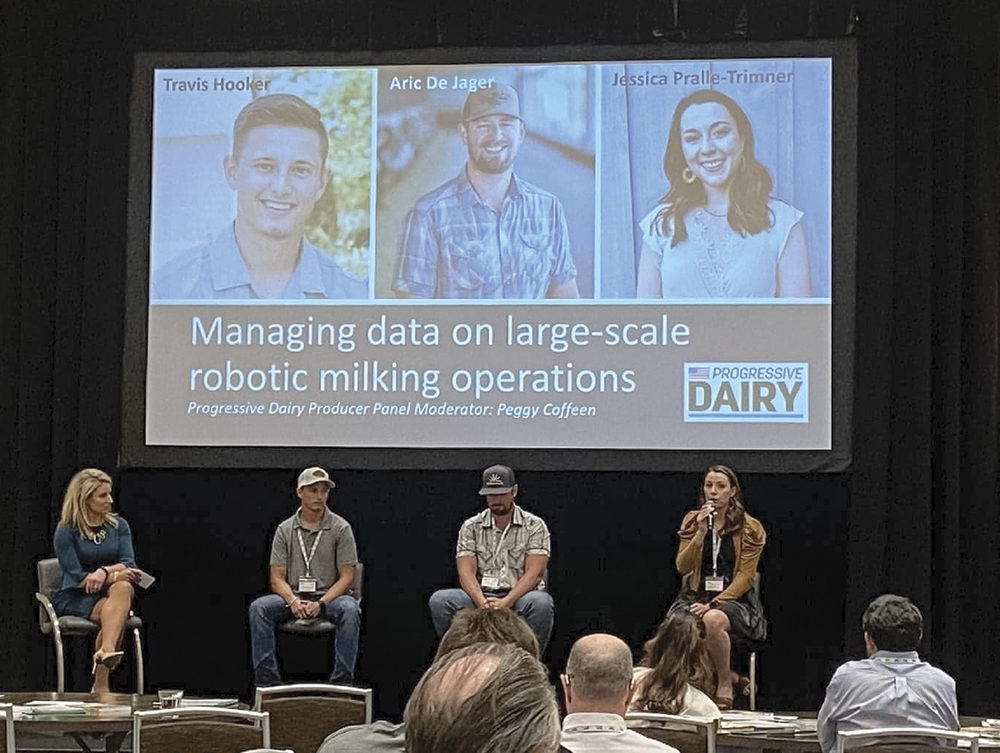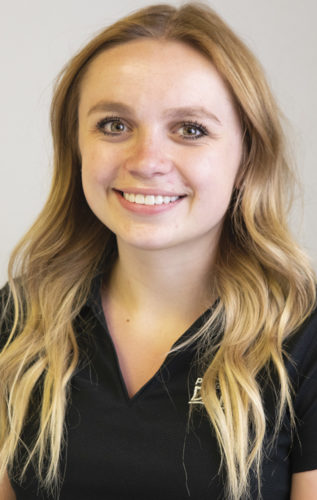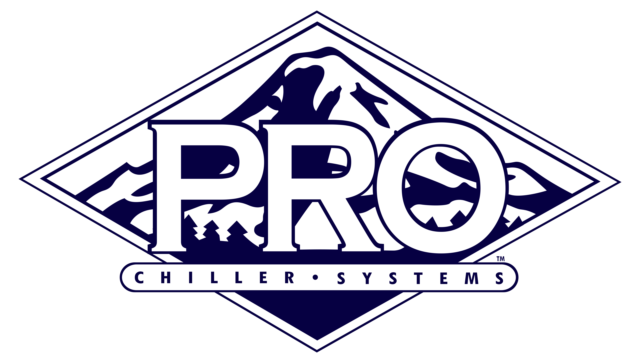Three dairy producers, each operating with more than a dozen milking robots, said using robots was a big transition for their farm. They’ve been closely analyzing the data to see how it’s paying off and setting goals for the future.
Aric De Jager, Travis Hooker and Jessica Pralle-Trimner sat on a producer panel to discuss the implementation of robotic milking in early June at the Global Dairy Experience in Denver, Colorado.
When Aric De Jager purchased his Kersey, Colorado, dairy in 2016, he milked around 500 cows in a double-eight herringbone parlor. With a desire to grow the herd, robots seemed like the way to go for Icon Holsteins. De Jager weighed his automated milking options and in January 2019 constructed a new cross-vent barn with 30 robots for 1,900 cows.
Established in 2002 among the green fields of Chowchilla, California, Diamond H Dairy originally had 4,600 cows running through a double-45 parallel and a double-34 herringbone parlor. In October 2020, Travis Hooker took the leap to robotic technology with the construction of a new facility – one with 13 automated milking robots. He now has 850 cows from his Holstein and Jersey herd living and working in the robot barn.
The product of a partnership formed in 1988, Miltrim Farms began with 140 cows and 260 acres of farmland in Athens, Wisconsin. In 2017, new partnerships, more cows and labor challenges brought the need for change regarding their milking parlor. A year later, construction began on the 30-robot facility and education center. The farm decided to install only 18 of the planned robots before deciding to fully invest in the system and milked 1,100 cows in the robot barn and ran 1,400 through their conventional parlor. Jessica Pralle-Trimner said they finished installing the final 12 robots in 2021, and continue to use the conventional parlor as well.
What was the main factor in deciding to switch to robots?
DE JAGER: I wanted to achieve the best genetic potential. The 1,200-pound cow can be milked six times a day at 40 pounds per milking. I liked the way the cows looked in robot barns – on the surface it looked easy, cows looked comfortable. It certainly takes a while to earn that level of easy.
HOOKER: Our barn started two years ago, so we’re still pretty new to this, but our biggest issue was labor. That kind of drove us towards that. We like to think we’re proactive and try the next best thing, so we kind of said, why not? That’s also why we started in stages; we didn’t want to put all of our eggs in one basket. We started and said “OK, this is working” and slowly kept building. I think that’s a great thing you can do with robotic farms – you can do it in stages. To grow with a rotary, you either have to increase the speed or build a bigger one. With robots, they come in pods, and you keep adding as you have space.
PRALLE-TRIMNER: I kind of married into the middle of the planning and after the decision had been made to install robots. Based on the type of conversations we have now, it was based on “who’s going to be there” and looking at our future. Comparing the two barns now is based on data but also the amount of success we’re having and the type of cow comfort. There’s a big difference when you look at the two barns. I think for our future plans, it’s just [going] to get better. Before, I kind of thought it was weird that we were going fully automated – I wanted to know every cow by their udder, but now it really makes you appreciate the animals and the culture in the barn. Cows are actually happy to see you – they’re calmer and more relaxed in that environment and don’t have a lot of extra noise in those barns.
What were the factors that you calculated into your return on investment (ROI)?
PRALLE-TRIMNER: We looked at fixed costs. Not the building itself, but everything from electricity, services, calls you have to make, breeding, treatments. And truly, when you compare [it] to a conventional barn, we run under cost. The only increase that we see is on service calls, but our conventional barn is really old and kind of hanging on by a thread. When you’re looking at fixed costs, it comes down to how you’re managing cows in that building.
How long did it take to dial cows into the robotic system? Who or what was the biggest resource to take you there?
DE JAGER: I think it’s hard to overstate how much harder it is to start this compared to a traditional operation. Maybe I’m a slow learner, but it probably took me six months until I kind of felt like I knew what I was doing and probably 18 months until I actually felt comfortable with everything – where I got to the point where I thought it was simple, and I could understand all of it. As far as resources go, having the right guy from the dealer definitely helps.
HOOKER: It took about a year for us to get comfortable. We had kind of a slow start with only three robots, and then a month later we started three more, so it kind of prolonged itself. I’d say after about a year everything kind of settled down – and our last robots went in just over a year ago in May – so we’re just now really getting settled down for a while. Within the first couple months you kind of scratch your head and say, “Why the heck did I do this? What did I get myself into?” We had good service people with TDS-California [Total Dairy Solutions]. They’ve been great. They’ve been there whenever I call them and have been great to teach me everything I know today to keep us going. Help and resources is a big help on getting things started.
PRALLE-TRIMNER: My robot manager was just saying she felt really good with our first 18 robots and that she had them dialed in and had two years under her belt before we added the final 12 [robots], and now we’re kind of reevaluating everything. It is a technology transfer. We’re so used to having a ton of data but not the kind of data that gives you text messages and phone calls all day long. Sifting through all that information and figuring out what’s most valuable to us has been a bit of a challenge. We’re very grateful to our dairy service team for training our staff and helping us get through and learn the process. Our barn is fully automated, so working with fans and flush lanes and different dashboards, those companies have been super helpful. Of course, when your barn is fully automated you have a ton of data, and there’s a chance that you can lose all that as well because someone wants to steal it so they can pay Bitcoin, so we’ve been through that as well. After we got used to using three dashboards and having our data stolen, we’ve felt really comfortable on our team, and now we’re kind of gearing up to push us through the next couple years here.






